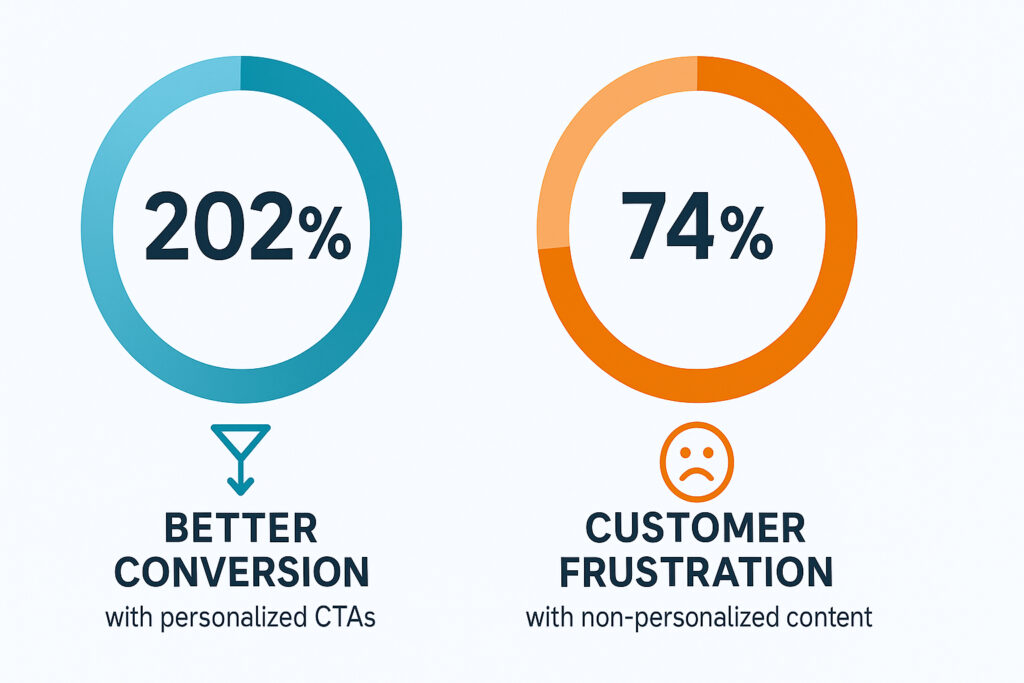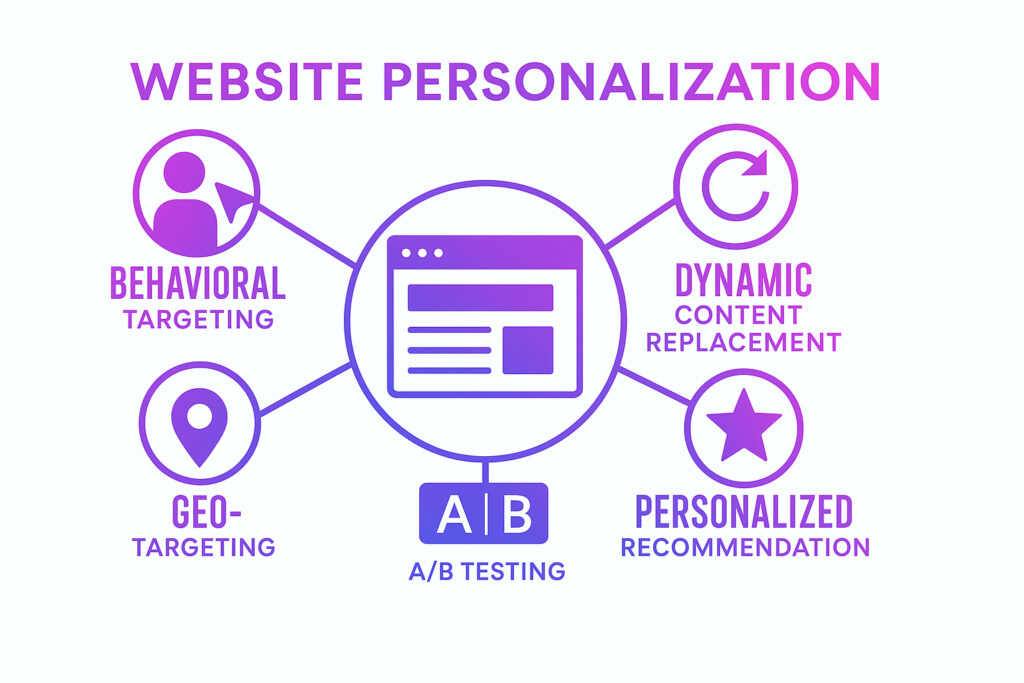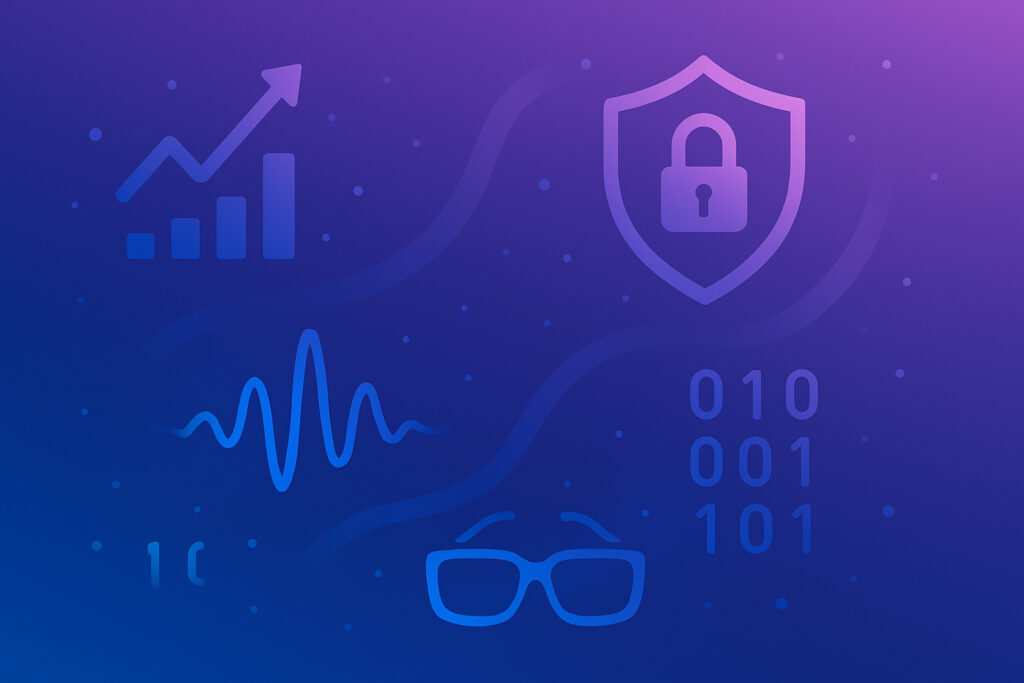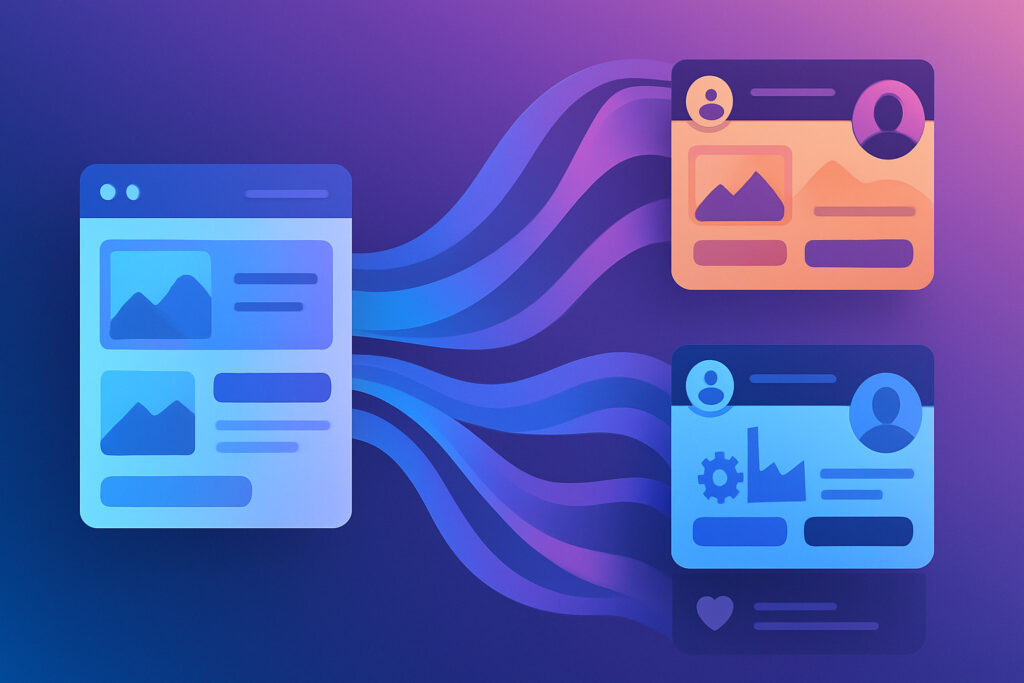Consumers expect more than just a one-size-fits-all web experience. They want content that speaks directly to their needs, preferences, and behaviors. That’s where website personalization tools come in. These powerful solutions allow marketers to tailor website content in real time, delivering the right message to the right visitor at the right moment.
Whether you’re looking to increase engagement, drive conversions, or create unforgettable customer journeys, website personalization is no longer a “nice to have”—it’s essential. Let’s explore how to use these tools to not only meet customer expectations but exceed them.
Why Website Personalization Matters More Than Ever
In a digital-first world, the customer experience begins (and often ends) online. Personalized experiences are proven to boost engagement, retention, and revenue. According to HubSpot, personalized CTAs convert 202% better than default versions, and McKinsey reports that 74% of customers feel frustrated when website content isn’t personalized.

Moreover, personalization helps build trust and loyalty. Customers are more likely to return to a site that “remembers” them, acknowledges their preferences, and evolves with their needs. In an age where consumers are bombarded with content, relevance is the secret weapon that makes your brand stand out.
Personalization also drives efficiency. By focusing content and campaigns on what’s most relevant to each audience segment, marketers waste fewer resources and gain greater ROI from every campaign. This efficiency becomes critical in today’s competitive landscape where budgets must stretch further.
The Role of Website Personalization Tools
Website personalization tools allow marketers to dynamically change on-page content, images, product recommendations, calls to action, and more based on user data. These tools analyze behavior, demographics, geographic location, referral source, and past interactions to serve tailored experiences.

Common features include:
- Behavioral targeting – Tracks user actions on your site to serve content that matches their interests and intent. This might include pages viewed, time spent on site, or items added to a cart.
- Dynamic content replacement – Automatically changes headlines, text, images, and CTAs based on visitor segments or attributes such as location, device type, or referral source.
- Personalized product recommendations – Suggests items based on browsing history, previous purchases, and what similar users have viewed or bought. Great for increasing average order value.
- Geo-targeting – Delivers content based on the visitor’s geographical location, allowing brands to show local store hours, region-specific promotions, or language preferences.
- A/B and multivariate testing – Enables side-by-side comparisons of content elements or full page layouts to determine which versions deliver the best results for different audiences.
Consider a SaaS company that serves multiple industries. With personalization, the website dynamically changes the homepage copy and featured case studies based on the visitor’s industry—making the experience more relevant, increasing the chance of engagement, and shortening the sales cycle.
When integrated with digital asset management tools, personalization becomes even more powerful. Assets can be centrally stored, tagged, and distributed based on user profiles and content needs. For a deeper understanding, explore What Is Digital Asset Management (DAM).
Aligning Website Personalization with Your Marketing Strategy
To succeed with personalization, you need a solid marketing personalization strategy that aligns with your business goals. Here are a few steps to guide your approach:
1. Know Your Audience
Segment your audience based on data such as purchase history, behavior on-site, location, or referral channels. This helps you tailor content that truly resonates. For B2B marketers, consider firmographic data like industry, job title, or company size.
Creating detailed customer personas helps bring this data to life. When you know what your ideal customer reads, watches, struggles with, and aspires to, you can craft messages that truly connect.
2. Map the Customer Journey
Identify key touchpoints where personalization can make the biggest impact. Think about how personalization supports different stages of the funnel—from awareness (blog content) to consideration (case studies) to decision (personalized demos).
Use journey mapping tools or customer experience platforms to visualize how users interact with your site over time. This makes it easier to pinpoint high-impact areas for personalized intervention.
3. Leverage AI for Real-Time Personalization
AI content personalization helps you analyze large data sets to deliver real-time, tailored experiences. AI-driven systems automatically recommend content, headlines, or promotions based on live visitor behavior.
Learn more in How AI-Driven Content Personalization Transformation Enhances Customer Experiences.
AI also powers features like predictive analytics, automated content tagging, and content scoring. These capabilities help marketers deliver more precise experiences with less manual effort.

4. Use High-Quality Content Assets
Content is the fuel that drives personalization. Whether it’s blog articles, videos, or product pages, ensure content is tagged, searchable, and managed through a DAM for easy access and reuse.
Content velocity and variety are essential here. Personalization requires a continuous supply of relevant content variations—different headlines, visuals, formats, and tones for different personas and stages.
5. Measure and Optimize
Track engagement, conversion rates, and retention. Don’t just look at what content is being consumed—also look at how it’s influencing customer behavior and loyalty.
Run frequent A/B tests but also incorporate multivariate testing to evaluate combinations of variables. Invest in analytics tools that track not just what users click, but what they ignore.
Top Features to Look for in Website Personalization Tools
Not all tools are created equal. Look for:
- Real-time analytics
- Omnichannel content delivery
- A/B and multivariate testing
- Scalable content management
- CRM, CMS, and DAM integrations
Also prioritize tools that support dynamic segmentation, behavioral targeting, and compliance automation (e.g., GDPR, CCPA). For more on what makes a strong toolset, visit Top Content Personalization Tools to Supercharge Your Campaigns.
Integrating Personalization with DAM Systems
A digital asset management system is key to delivering personalization at scale. It allows marketers to:
- Store and tag assets for quick retrieval
- Deliver dynamic content based on user profile
- Maintain brand consistency across channels
- Automate workflows for faster go-to-market
DAM platforms also enable governance—ensuring that expired content isn’t served and that region-specific content respects local compliance rules. Learn more from 8 Advantages of Digital Asset Management for Enterprises.
Personalization Challenges and How to Overcome Them
Even with the right tools, personalization isn’t without challenges:
- Siloed data
- Content bottlenecks
- Privacy regulations
- Tool complexity
To overcome these challenges:
- Invest in centralized customer data platforms (CDPs)
- Create modular content frameworks
- Build a privacy-by-design approach
- Choose tools that offer templates and training
Real-World Examples of Website Personalization in Action
Retail: A fashion eCommerce site uses geolocation to show weather-appropriate outfits, personalized product feeds based on browsing history, and one-click reordering.
B2B: A software company tailors homepage messaging based on company size and industry. Enterprise visitors see scalability messaging and custom integrations, while startups see ease-of-use features and pricing tiers.
Media & Publishing: News websites highlight trending stories in a user’s region, recommend articles based on reading habits, and allow users to customize dashboards.

Future Trends in AI-Powered Website Personalization
Watch for:
- Predictive personalization
- Voice/visual search adaptation
- Privacy-first frameworks
- AR/VR personalization
- Zero-party data strategies
These trends will help brands go beyond “customization” to truly responsive digital experiences.
Getting Started with Website Personalization
Start small: a homepage banner, a dynamic CTA, or a personalized landing page. Test it, analyze the results, and scale from there.
Form a cross-functional team to align personalization strategy across departments. Leverage insights from both marketing and customer success for more meaningful experiences.
Partner with Experts for Better Results
If you’re ready to unlock the full potential of website personalization, Aprimo can help. Our platform integrates AI, content management, and website personalization tools to deliver tailored experiences at scale. To see it in action, book a demo today and discover how Aprimo empowers marketers to delight every visitor.


